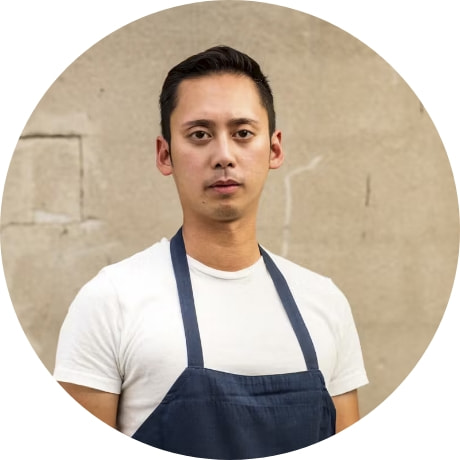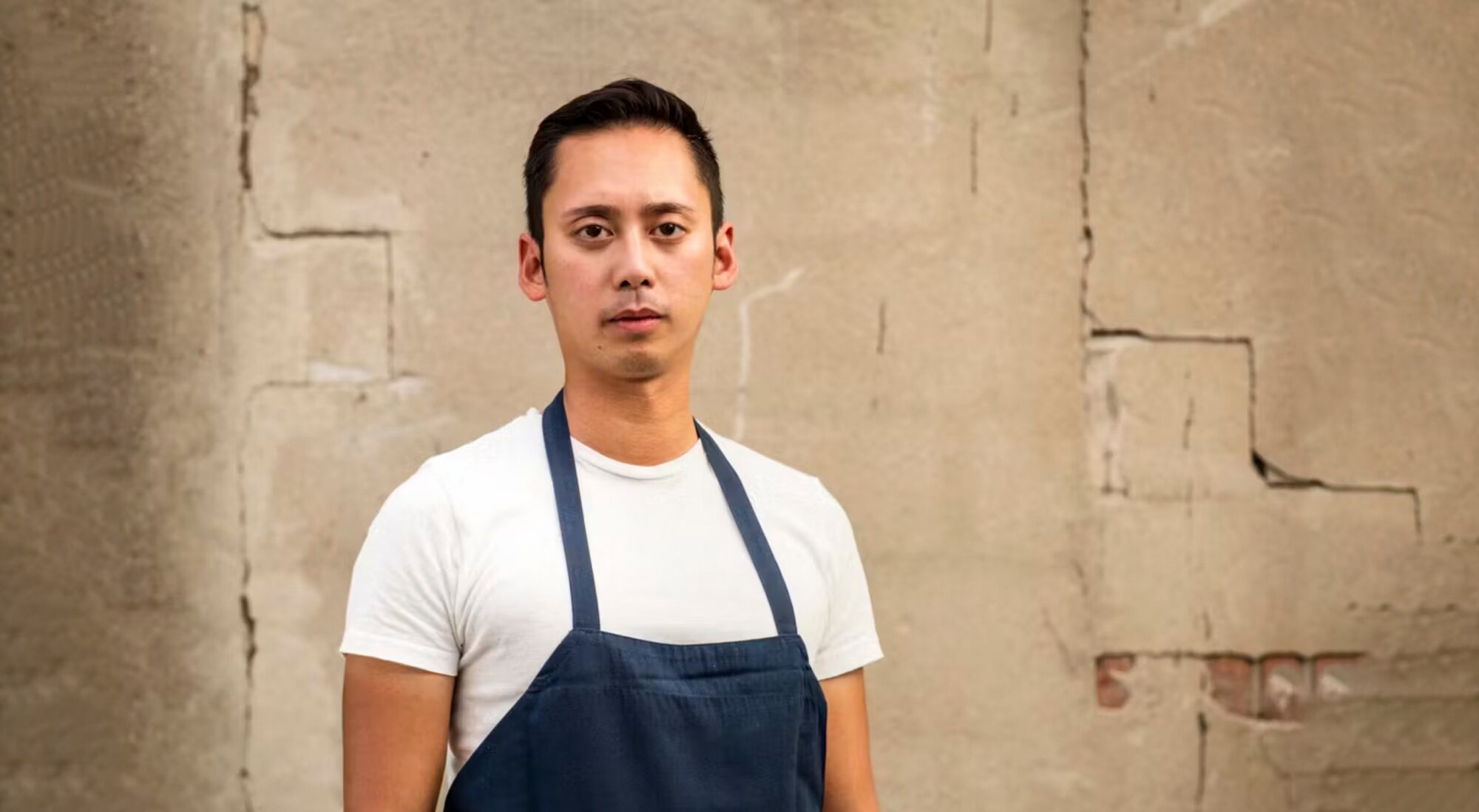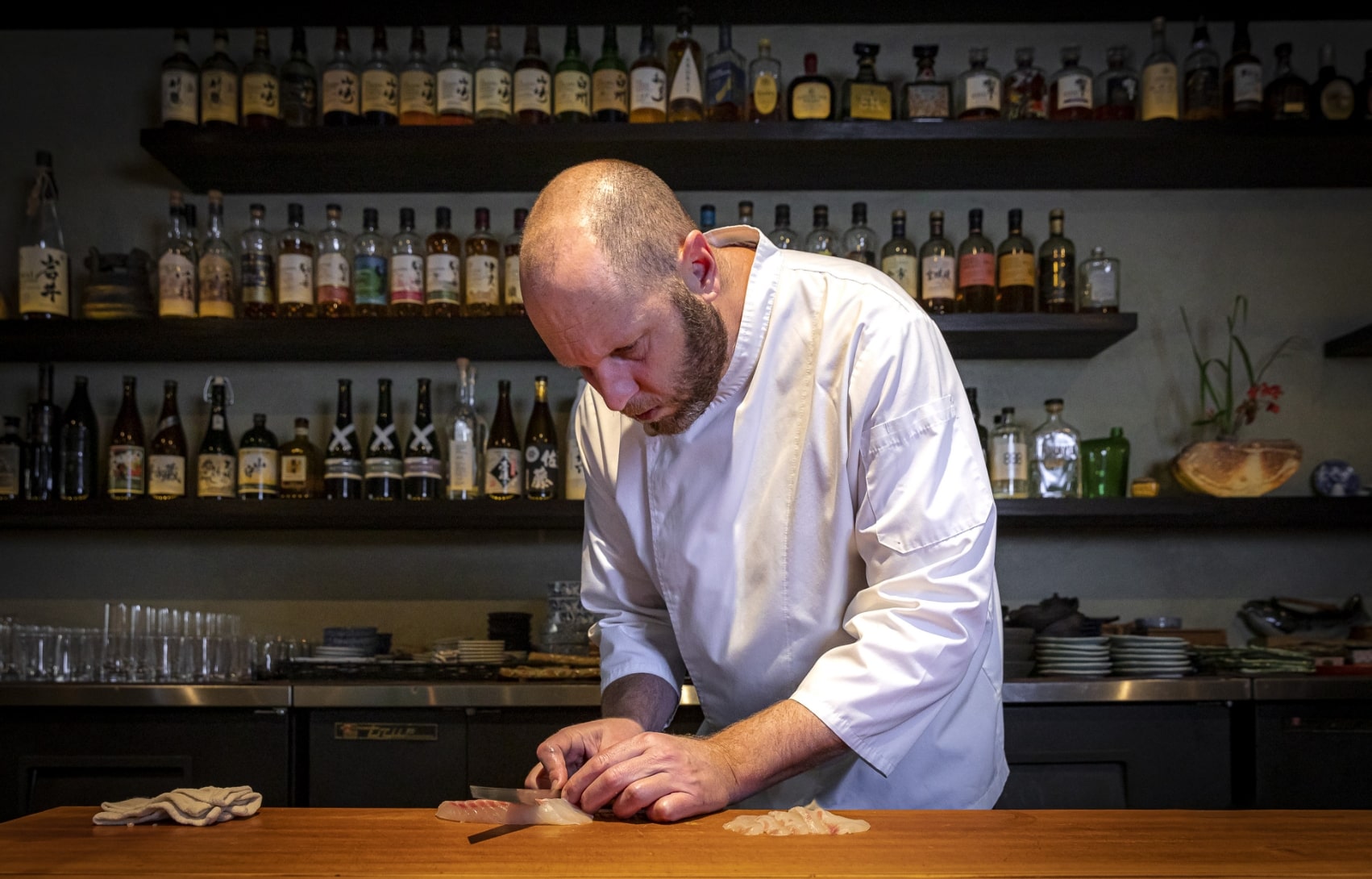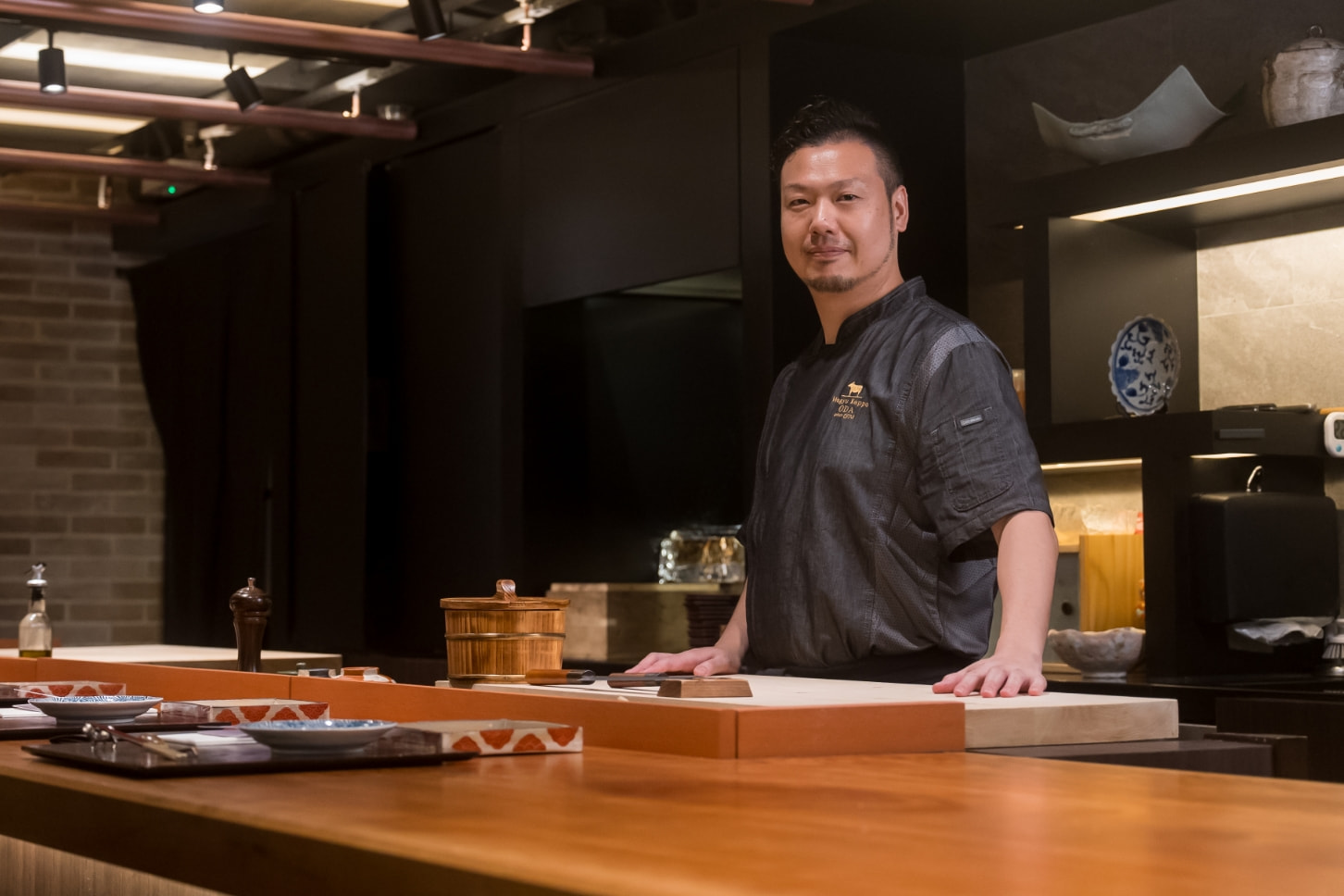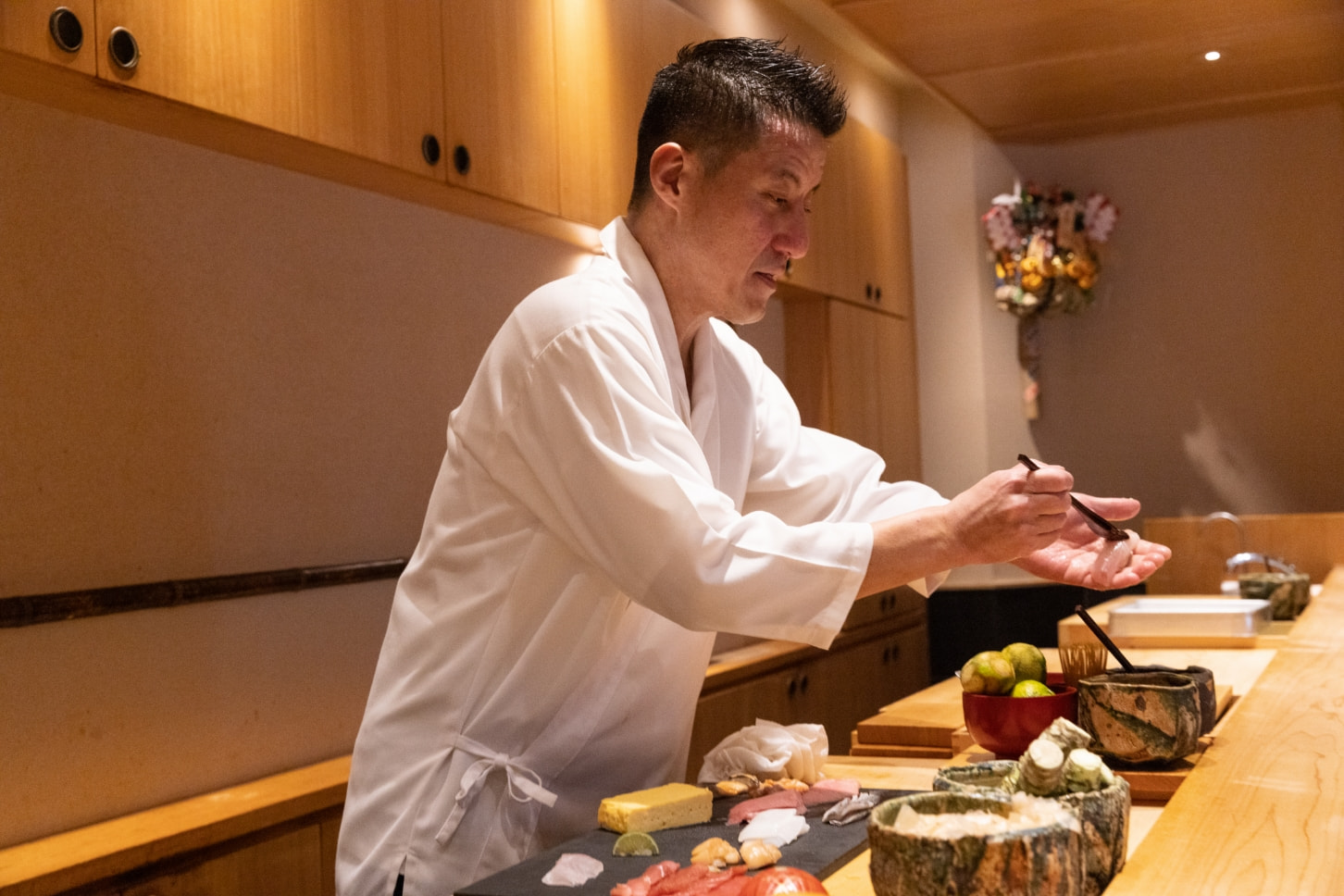RULE OF THIRDS
New York-style Japanese cuisine that strongly reflects Japanese home-cooked foods and izayaka culture
Near Norman Avenue in Greenpoint, Brooklyn, New York (USA) sits RULE OF THIRDS, a popular restaurant patronized by highly sophisticated diners. Chefs JT Vuong and George Padilla create Japanese dishes that fuse traditional Japanese home-cooked foods and izakaya culture with local ingredients and inspiration. In addition to carefully prepared teishoku (set meals) of comprising fluffy rice, miso soup with flavorful broth, pickled cucumbers, and grilled fish such as salmon or mackerel flown in from Tokyo, it serves a rich variety of rice-based foods like gyudon (stewed beef on rice), tekka-don (tuna sashimi rice bowl), and other rice bowls, rice balls, and oshizushi. An essential requirement for these dishes is Japan Rice.
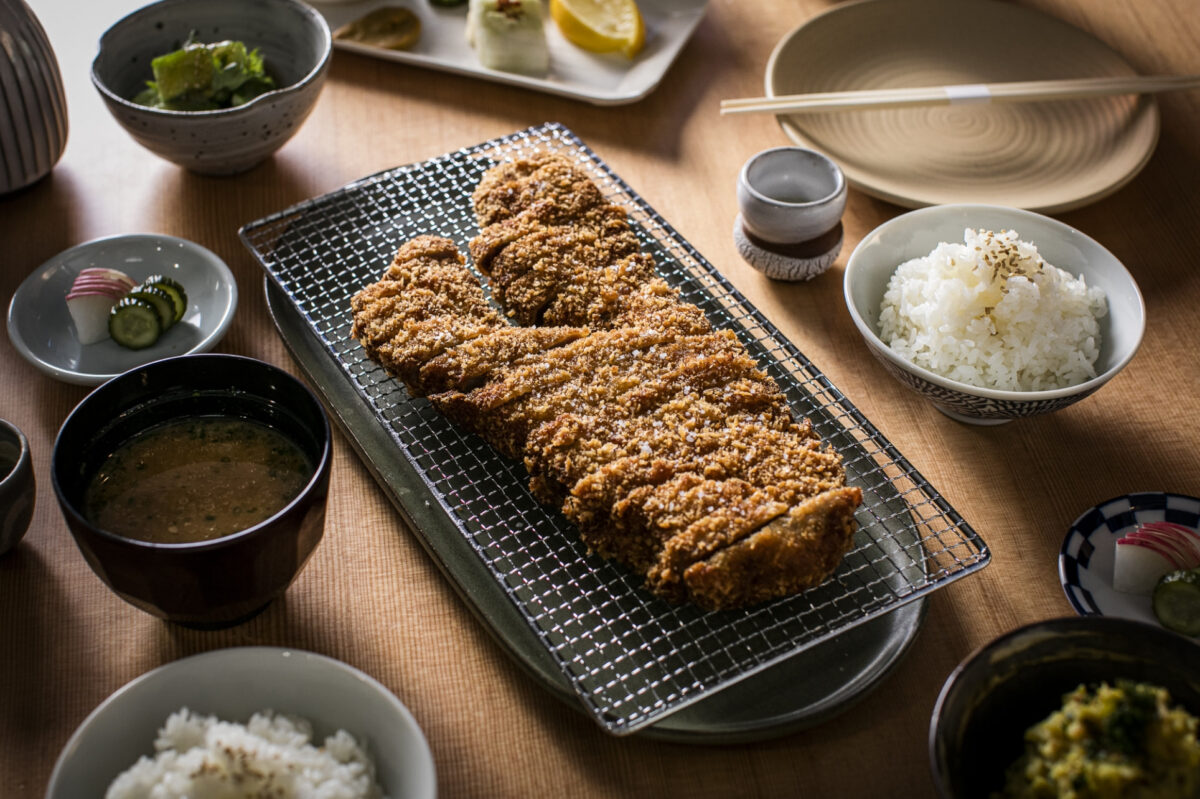

Japan Rice Koshihikari is used for rice balls
At RULE OF THIRDS, we currently use two brands of Japan Rice. One is Japanese Koshihikari, which is mainly used in rice balls and grilled rice balls. We used to use Koshihikari rice grown in California but made the switch one year when the rice harvest was poor.
We initially used Japanese-grown Koshihikari as a substitute, but it was too good to be considered solely a substitute so we continued using it. It is excellent in quality and features stable cooking properties, so it does not require extra work like minute adjustments when being cooked.
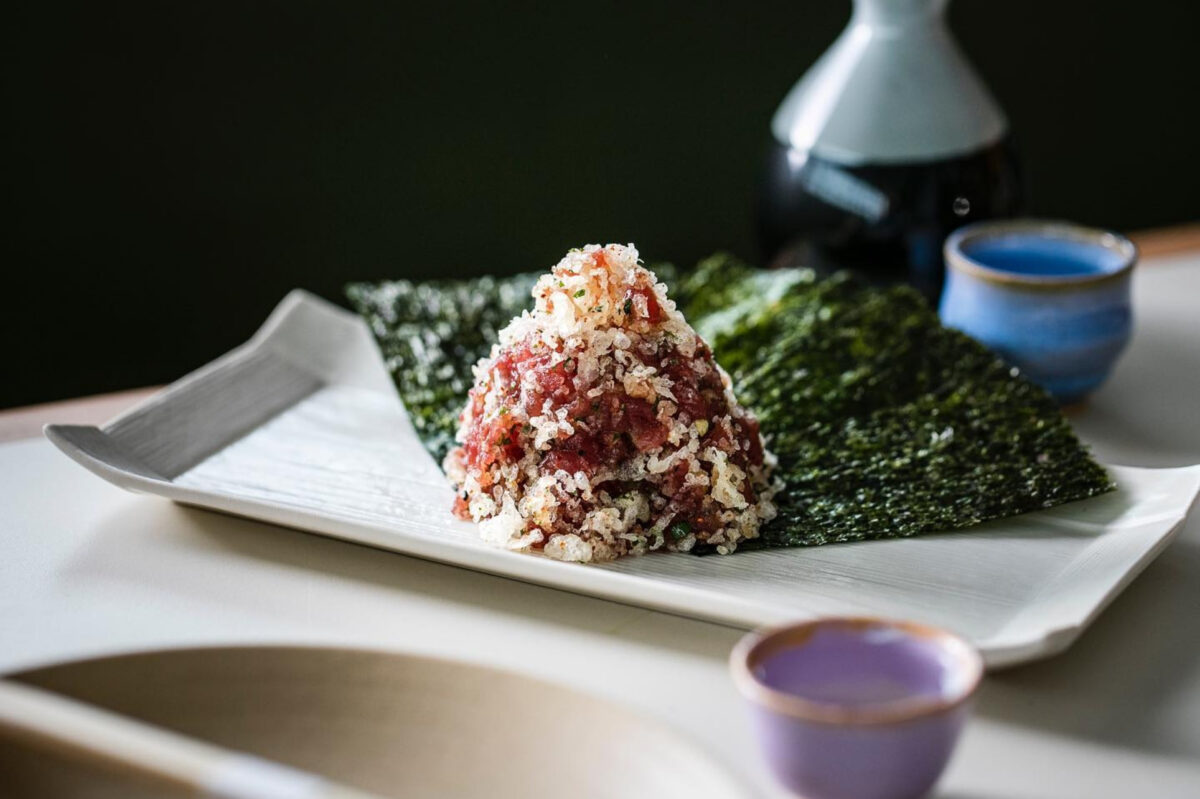
High quality that justifies the price
There is no major difference in the way you cook Koshihikari grown in Japan and that grown in California. The difference is in the quality. Japan-grown Koshihikari has a very consistent quality and highly uniform grain size. The California-grown Koshihikari, on the other hand, sometimes has tiny stones mixed in, which I have never seen in the rice from Japan.
Naturally, Japan-grown Koshihikari is more expensive than that grown in California, but we think it is worth the price. That is because RULE OF THIRDS’ customers accept the higher price if the taste of the rice is satisfying. Without rice that tastes good, the restaurant would have plenty of problems.
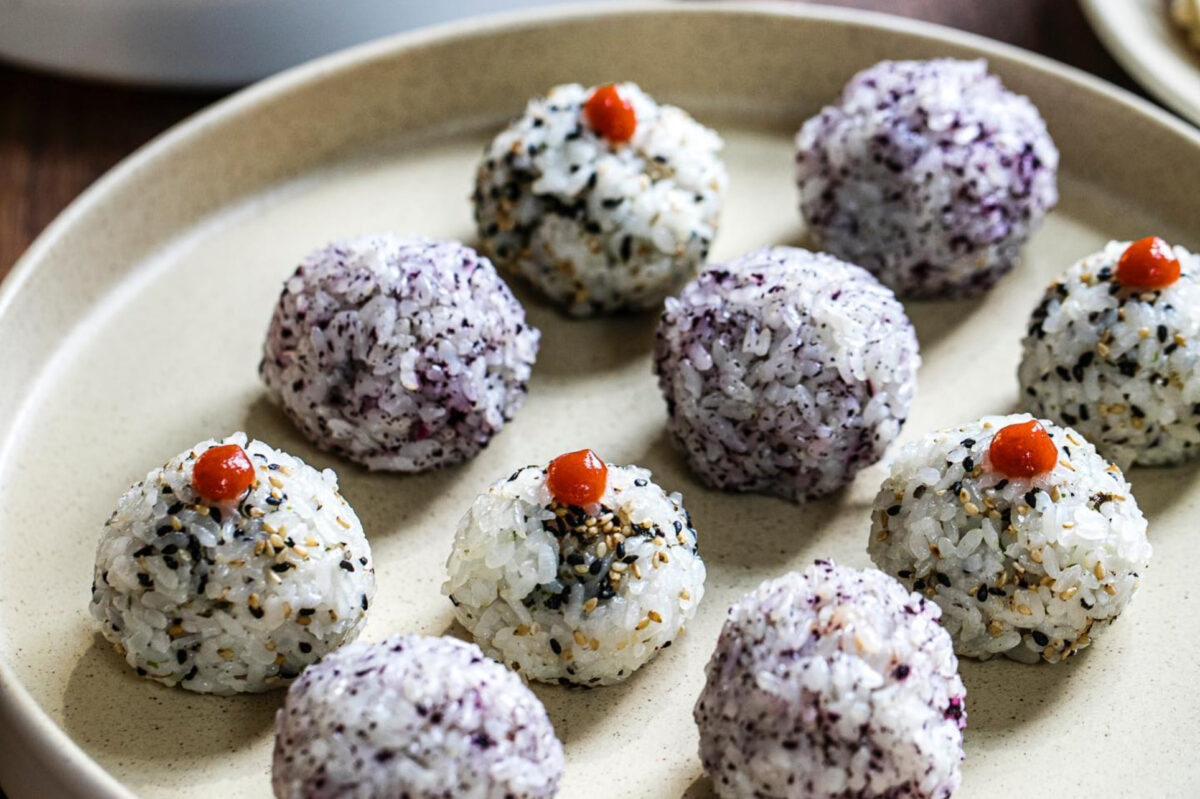
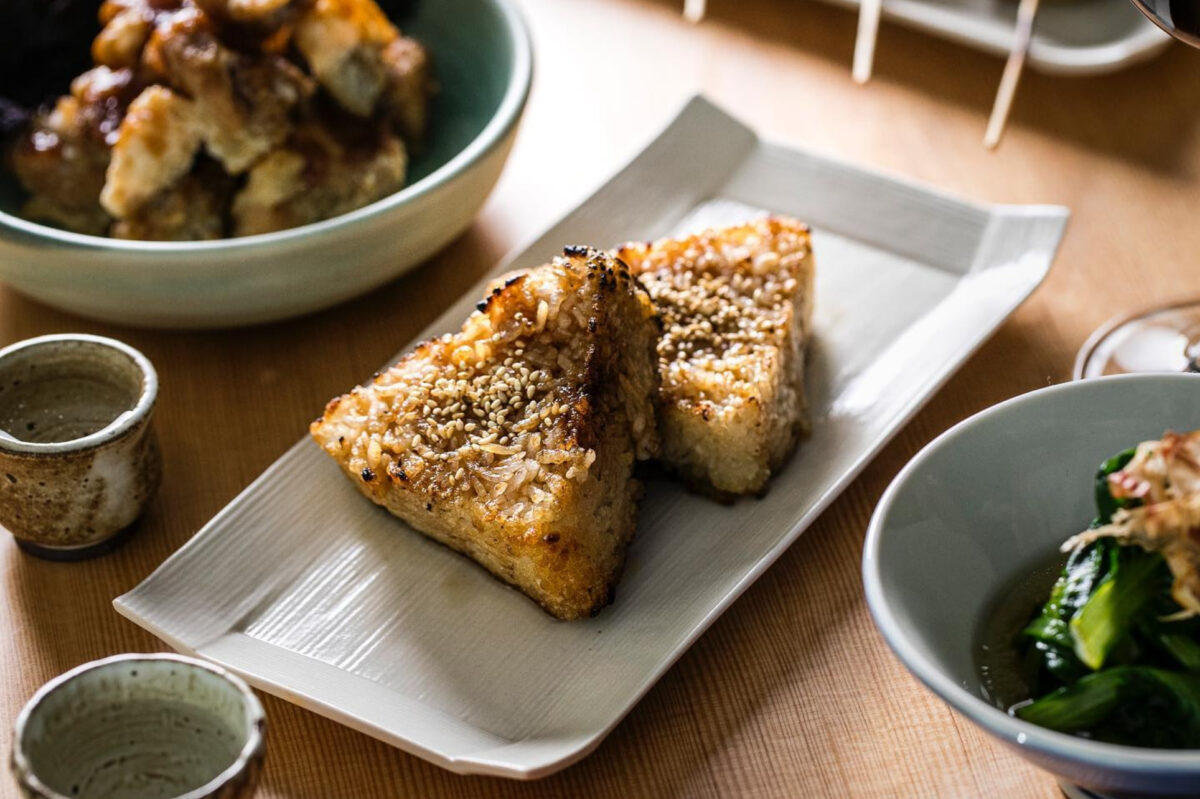
Flavor that stays delicious
When discussing whether to switch rice brands, another option we explored aside from other short-grain rice brands similar to the California-grown Koshihikari we had been using was California-grown medium-grain rice. While medium-grain rice would have reduced the cost, it would not have met the standards of our cooking style. Additionally, the flavor of medium-grain rice diminishes more than short-grain rice’s within an hour or two of being cooked.
If medium-grain rice had been our only option, we would have had to heavily revise the dishes we serve at RULE OF THIRDS. Medium-grain rice looks and tastes different to short-grain rice, so we would have had to change our cooking style to keep the dishes tasting good. Of course, we would also have had to retrain our staff on how to cook medium-grain rice. I myself grew up eating short-grain rice sometimes, so it was natural to choose short-grain rice because it is a type I am used to.
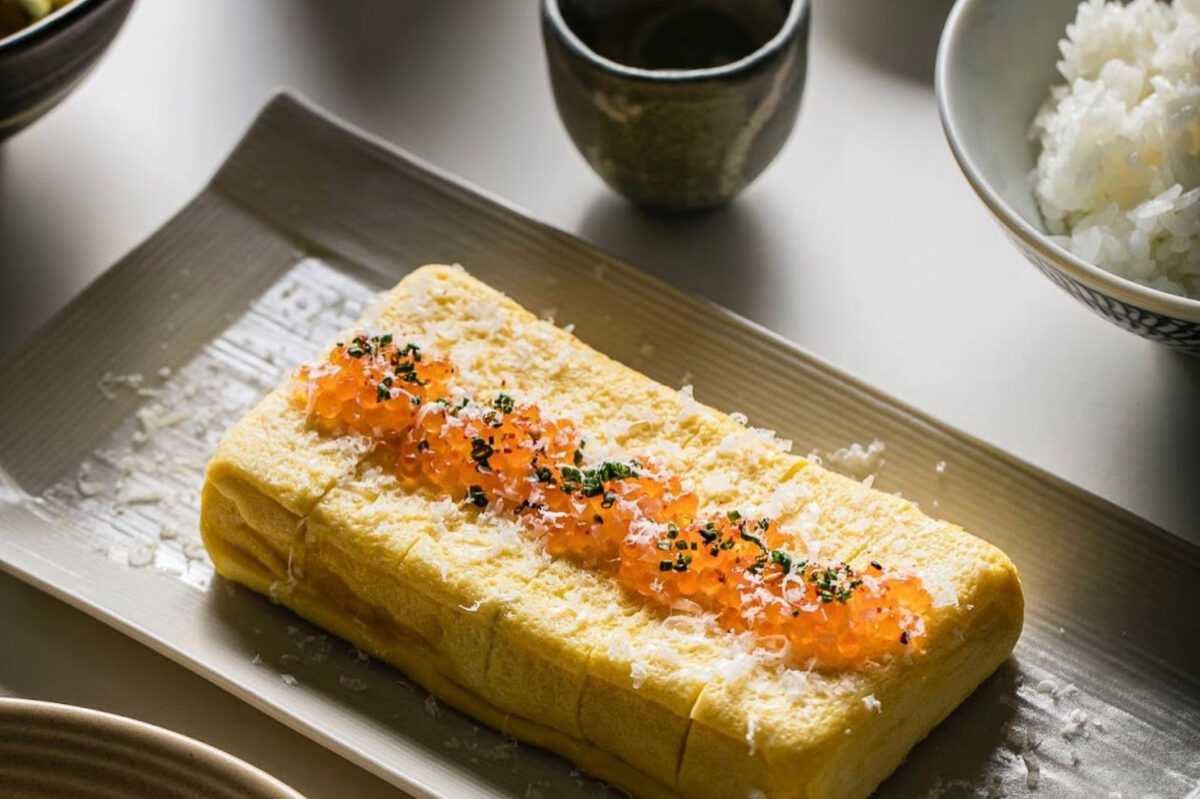
Hokkaido Nanatsuboshi for sushi rice
The other brand of Japan Rice used at RULE OF THIRDS is Hokkaido Nanatsuboshi. We did our research, going to production areas to try different brands of just-polished fresh, high-quality rice, and we found that Nanatsuboshi was perfect for the teishoku served at RULE OF THIRDS. We currently use it mostly for table rice and sushi rice.
Our Nanatsuboshi is polished locally here in New York, after it is ordered, so it is full of the natural moisture that rice contains. For this reason, we adjust the amount of water we use when cooking the rice. What is more, Nanatsuboshi has the distinctive characteristics of Japan Rice while providing a well-balanced flavor that a wide range of people can enjoy. It is very smooth and carries the right amount of stickiness. It also has a lovely fragrance when cooked, and stays delicious even after it cools.
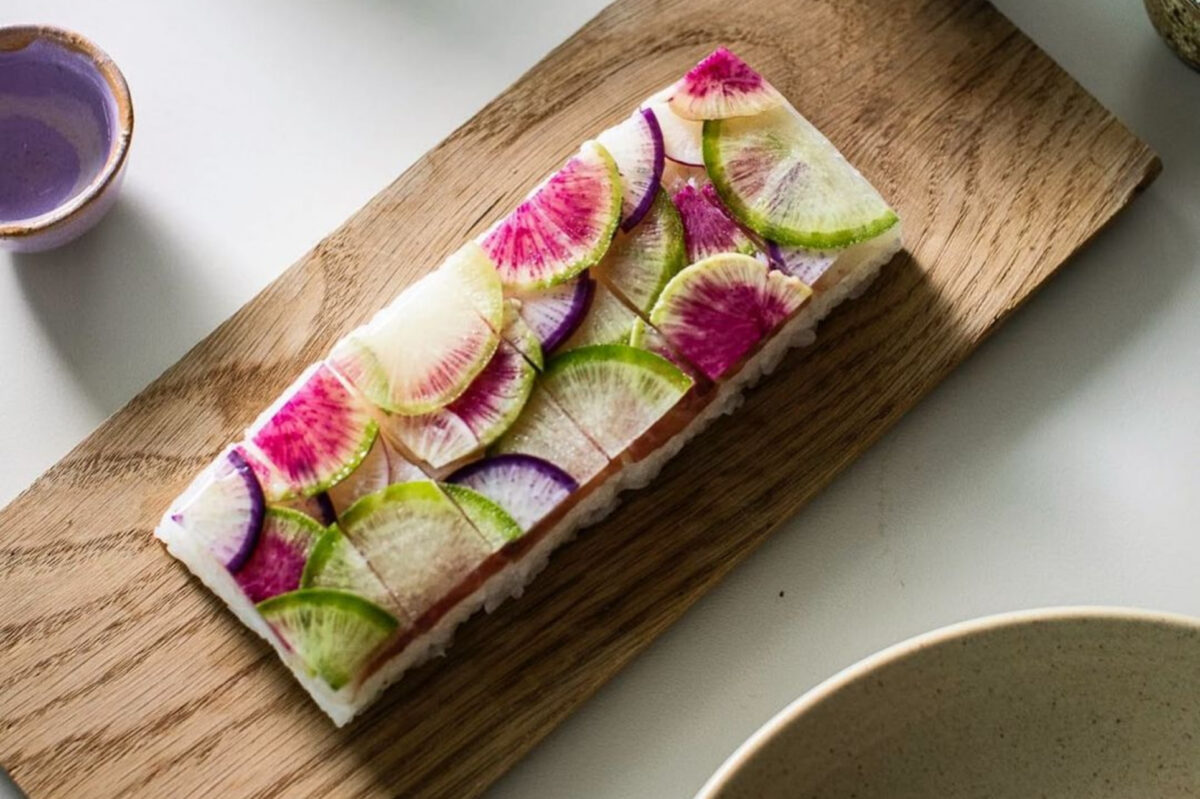
Good balance that meets various preferences
When choosing ingredients, RULE OF THIRDS focuses on creating a good balance. This is because the customers who visit a relatively large restaurant like ours have diverse flavor preferences. When it comes to rice, for example, some people like it softer while some prefer it firmer. Also, some people who were raised on rice have strong opinions about it. When we were using California-grown Koshihikari, customers sometimes told us that they found it too soft. After switching to Nanatsuboshi, we stopped hearing these kinds of comments. In my opinion, this is because it has a stable moisture content that creates a nice balance when cooked. Maybe it is because Nanatsuboshi has a high quality that satisfies all types of preferences.
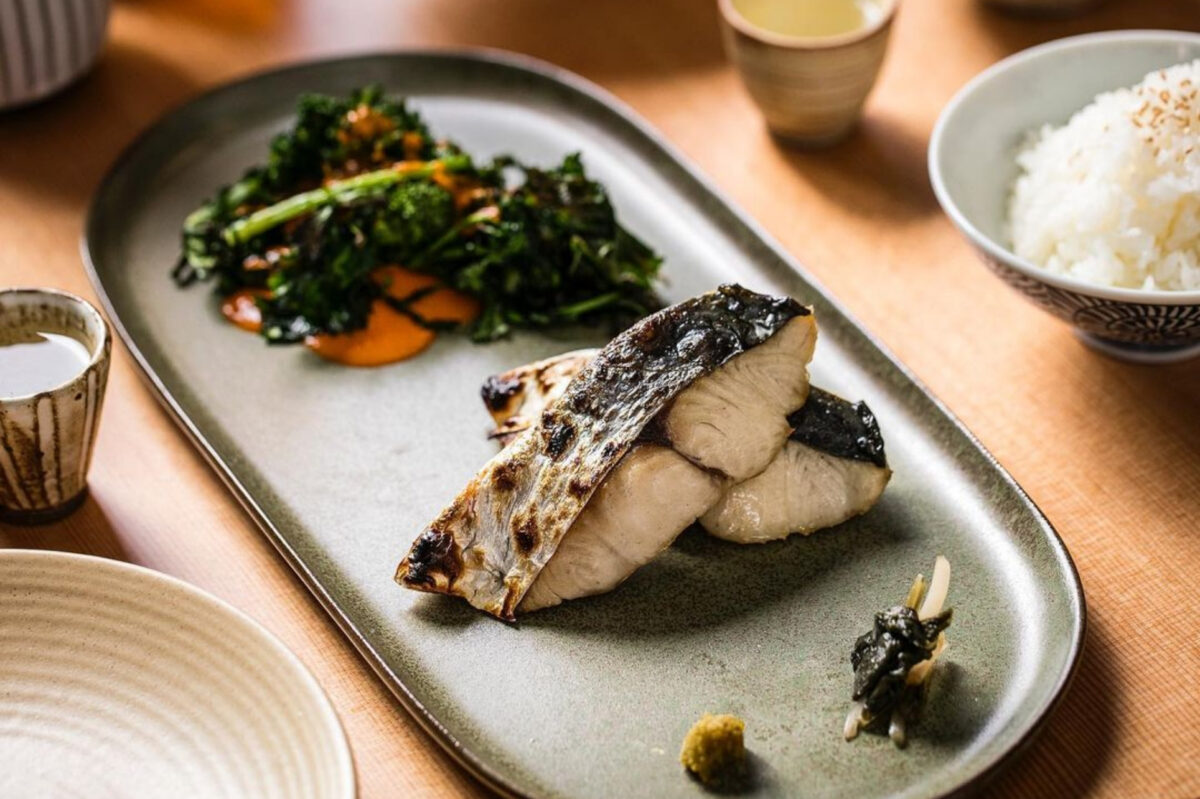
In truth, like Japan-grown Koshihikari, Hokkaido Nanatsuboshi is expensive. But there are those willing to pay a little more for something delicious. Even more so when they know it is Nanatsuboshi imported from Japan. Also, rice is an essential staple in Asian cuisine. It can also potentially expand the palates of patrons who did not often eat rice growing up or have not experienced a wide variety of types.
Actually, I often eat Nanatsuboshi at home, and I would love more people to know how delicious it is. I would also like to import a wider variety of Japan Rice brands into the Unites States. Without a doubt they all differ in look, taste, fragrance, and quality, so I would be delighted if more customers become familiar with Japan Rice.
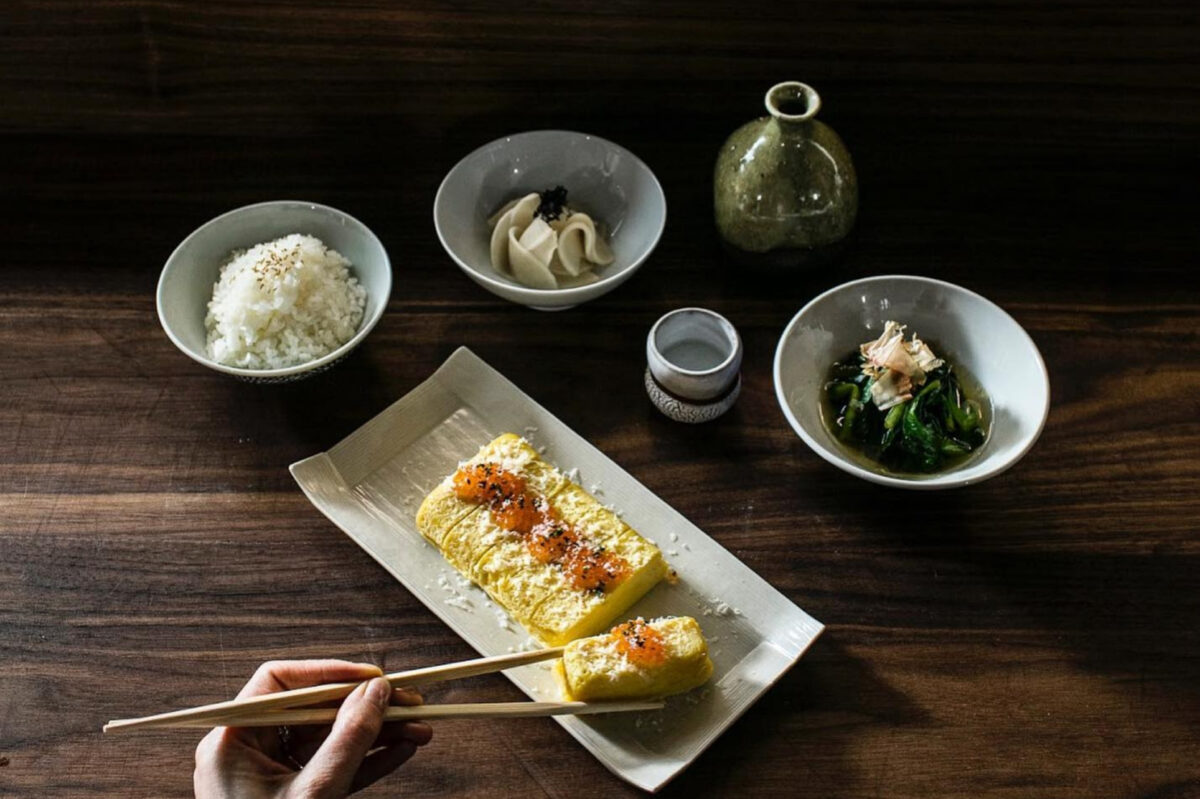
Recommended dish
Tonkatsu トンカツ
RULE OF THIRDS’ tonkatsu (crumbed pork cutlet) is best eaten with fluffy, freshly cooked, Hokkaido Nanatsuboshi rice. This dish is pork shoulder marinated in Brooklyn Kura sake lees, coated in panko(breadcrumbs), and then deep fried until crisp. Customers can have it with mustard, lemon, cabbage, and the house “paul-dog sauce,” and they all love it.

